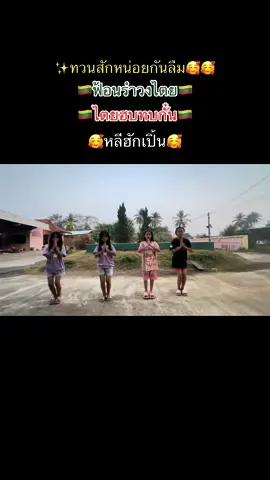Trúc Đàoo
Region: VN
Thursday 09 October 2025 13:32:19 GMT
48560
7129
39
233
Music
Download
Comments
Lan bán tạp hoá :
Tui k bít trang điểm 😁
2025-10-22 00:08:47
9
LiLy Lee :
Xinh quá
2025-10-22 02:47:06
0
Thỏ 🐰🎀 :
tui pass 03 175k, khui ra chứ chưa sử dụng
2025-11-24 08:45:30
0
Myy 🌿 :
Xinhh lắm
2025-10-22 00:09:21
0
✨Venn Venn rì viuu đủ thứ :
Xinh
2025-10-22 07:35:06
0
Hồng Như :
quá đẹp
2025-10-22 03:55:44
0
𐙚 Trúc Ơi Rìviu ☘️ :
Xinhh qué
2025-10-22 02:18:51
0
xuyen_46 :
xinh nha
2025-10-22 02:12:51
0
Mẹ Tin Gia Dụng :
Xinh lắm bà
2025-10-22 01:19:36
0
⋆˚Su rì diuu ✿ :
xinhh
2025-10-22 06:16:58
0
Nguyễn thắm :
xịn xò
2025-10-21 22:29:04
0
🐘 Mẹ Voi Unbox ✨ :
Xinhhh quá bà 🥰🥰
2025-10-22 05:00:09
0
Kiều Nguyễn :
xinh lắm chị
2025-10-22 00:24:23
1
𝙽𝚑𝚞𝚐 𝚁𝚎𝚟𝚒𝚎𝚠 ✨ :
Xinh cá
2025-10-22 02:06:46
0
Nhacuachu :
Xinh
2025-10-22 04:46:42
0
thuthach :
xịn quá
2025-10-22 03:13:35
0
Áo quần xinh :
thích qua
2025-10-22 07:39:59
0
YDANH995 :
đẹp quá bạn ơi
2025-10-22 01:05:35
1
NgocDiemShop🌈 :
Ôi xinh qa
2025-10-22 05:08:03
0
Aloneshop :
Xinhh
2025-10-22 02:31:24
0
Xuân Đài :
xinh quá c ơi
2025-10-23 05:11:13
0
𐙚 𝙏𝙧𝙖𝙣𝙜𝙞𝙞 𐙚 :
Xinh dữ lun í
2025-10-22 03:54:14
0
Thanh Giang🌱 :
Xinh thế cơ🥰
2025-10-22 04:18:23
0
NguyểnHằng 69 :
má hồng xinh xỉu luôn nha chị ơi
2025-10-22 01:53:54
2
Diệu Hiền :
Xinh
2025-10-22 03:49:38
0
To see more videos from user @truc.dao, please go to the Tikwm
homepage.





